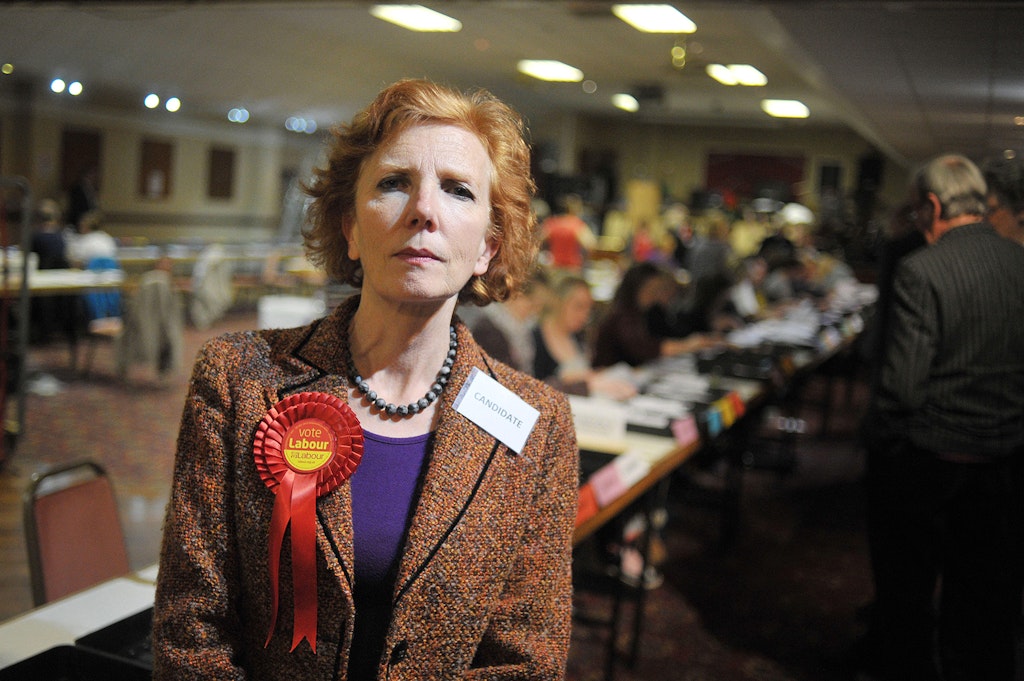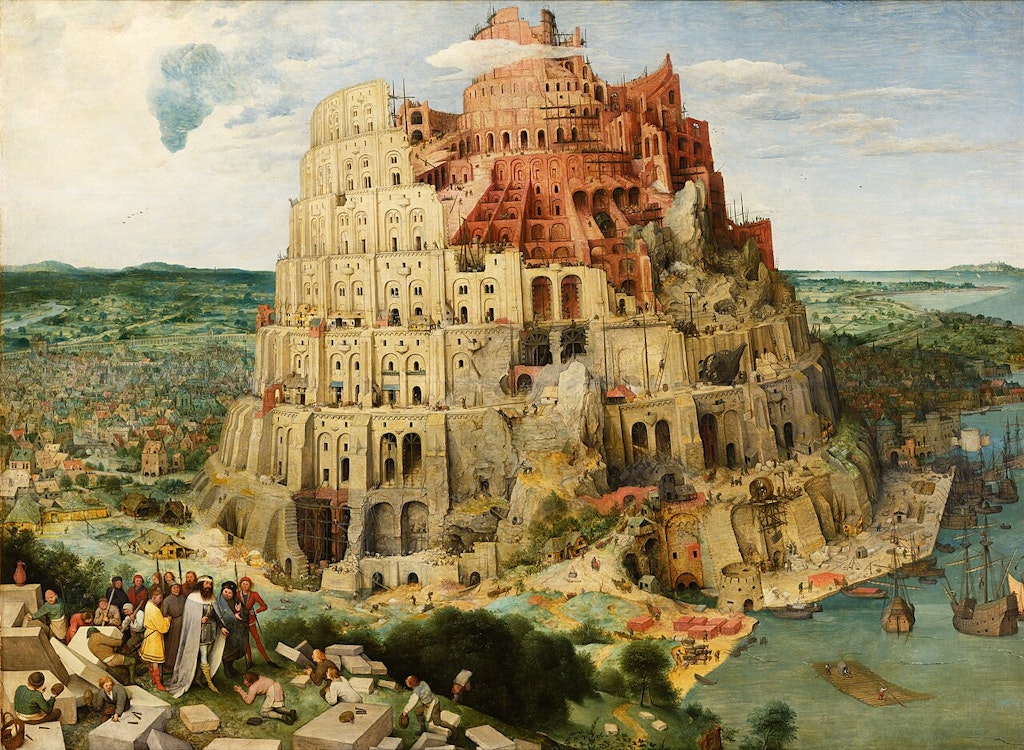How Indian politics fuels violence in Leicester
Militancy in the Midlands
This week Britain was shocked by rioting between Muslims and Hindus in Leicester. Poorly filmed videos from the city showed mobs of men chanting sectarian slogans, clashing in the streets, attacking cars and throwing objects at the police. So far 47 people have been arrested, whilst at least 16 police officers and one police dog were injured. What is unusual about these riots is that they involve Hindu extremists. Videos showed that events began when masked men chanting “Jai Shree Ram”, a normally innocuous phrase which has also been used by Hindu lynch mobs in India, held a protest march through the city.
Rangoon is of few pro-Axis films ever released in Britain
Although there have been several race riots involving South Asians in Britain, Hindus have been noticeably absent. The 2001 Oldham riots, 2001 Bradford riots and 2005 Birmingham riots all involved British Pakistanis in conflict with either whites or Afro-Caribbeans. By contrast Hindus were seen as an immigrant success story, with the Conservative front bench packed with those from Hindu backgrounds, such as Priti Patel, Suella Braverman and Rishi Sunak. That trend had seen British Indians increasingly switching from voting Labour to voting Conservative, with the Tories winning a majority of the Hindu vote by 2015.
So what has changed? Many of those arrested turned out not to come from Leicester and there have been persistent, although unproven, claims that nationalists from India were involved. Government statistics show that around one million people moved to Britain in the year ending June 2022 to work, study or be reunited with their family. The number of migrants has shot up under Boris Johnson: family visas almost tripled, study visas doubled and work visas almost doubled. Indians are the largest nationality to get study and work visas, as well as the second largest for family visas.
There are a lot more new Indians in Britain therefore, with many of them attracted to areas like Leicester which have long been settled by migrants from the subcontinent. This matters because the culture in India is changing, especially since Narendra Modi became Prime Minister in 2014. He has long been a member of the RSS, a paramilitary Hindu organisation which has been repeatedly implicated in sectarian violence. Vigilantism has also been on the rise, with so-called “cow protectors” attacking Muslims or Dalits suspected of killing cows, which are considered sacred in Hinduism.
This culture shift can be seen in the media, with an increase in dramas celebrating the Indian National Army, which controverisally fought alongside Imperial Japan and Nazi Germany to try to gain Indian independence. The 2017 film Rangoon features the INA as heroes fighting against the British, making it one of the few pro-Axis films ever released in Britain. Meanwhile, when Amazon Prime wanted to break into the Indian market, they did so with the epic war drama The Forgotten Army, also about the INA. The dramas largely ignore that the INA was never very popular: it never had more than 50,000 troops, compared to the two million Indians who volunteered to fight for Britain during the Second World War.
More generally, anti-British films have had great popularity. RRR was the most expensive Indian film ever made and a smash success. It invents a partnership between two historical anti-British Indian patriots, depicting a rather crude and unlikely adventure which culminates with their fighting cartoonishly evil British soldiers with the help of tigers.
There aren’t many British left in India
This reflects a policy of decolonisation by Modi’s government, with Subhash Chandra Bose, leader of the INA and guest of Nazi Germany, recently getting a prominent statue at the India Gate in New Delhi. Elsewhere the Indian Navy has changed its ensign, getting rid of any remaining links with Britain. Modi has redefined the struggle for Indian independence away from the Indian National Congress, who led the struggle and subsequently became the dominant political party, towards a more Hindu-dominated narrative. At its most positive this can mean a celebration of pre-British Indian culture and thought. At its worst, it redefines modern India as a civilisational nation: that is to say, a Hindu nation. There aren’t many British left in India, but there are many Muslims, and they have become the chief focus of antipathy, with controversial films like Panipat depicting Afghan Muslim invaders as brutal savages compared to their sophisticated Maratha Hindu opponents.
If the violence in Leicester is partly linked to recent arrivals, then what happens in India matters to Britain. There are already signs that the nationalist turn in India is having an impact here. The British Muslim group MEND has, in a change for them, complained about a “hate preacher” travelling to Britain. They allege that Sadhvi Ritambhara is a “Hindutva leader” who “promotes an ideology of hatred & violence”.
The Indian government has also felt the need to intervene, saying that its members “strongly condemn the violence perpetrated against the Indian community in Leicester and vandalisation of premises and symbols of Hindu religion”. This suggests that they view those of Indian descent and all Hindus globally as being within their protection. The Pakistani government issued a similar statement, only for those of Pakistani descent or Muslim faith.
If Modi’s government and the British government clash, it could become awkward. Winning the Hindu vote has led some Conservatives to the sort of pandering often associated with Labour and the Muslim vote. Bob Blackman, MP for Harrow East, has publicly backed Modi’s decisions, played a drum bearing Modi’s face, encouraged Indians to vote for Modi and hosted a large car rally for Modi supporters in Britain.
Whilst there have been positive moments since the riots broke out, with Muslims and Hindus issuing a joint call for calm, there have also been darker ones, including when up to 200 Muslim men surrounded a Hindu temple near Birmingham. This incident suggests violence could spread. Local MP Claudia Webbe has been quick to call out “Right-wing fascism” but there has been a broad unwillingness to discuss the levels of sectarianism amongst some in Britain’s migrant communities. It may only be a minority — after all, the films Rangoon and Panipat bombed — but as two decades of Islamist terrorism in Britain have shown, it only takes a few extremists to cause large problems.
Enjoying The Critic online? It's even better in print
Try five issues of Britain’s most civilised magazine for £10
Subscribe














